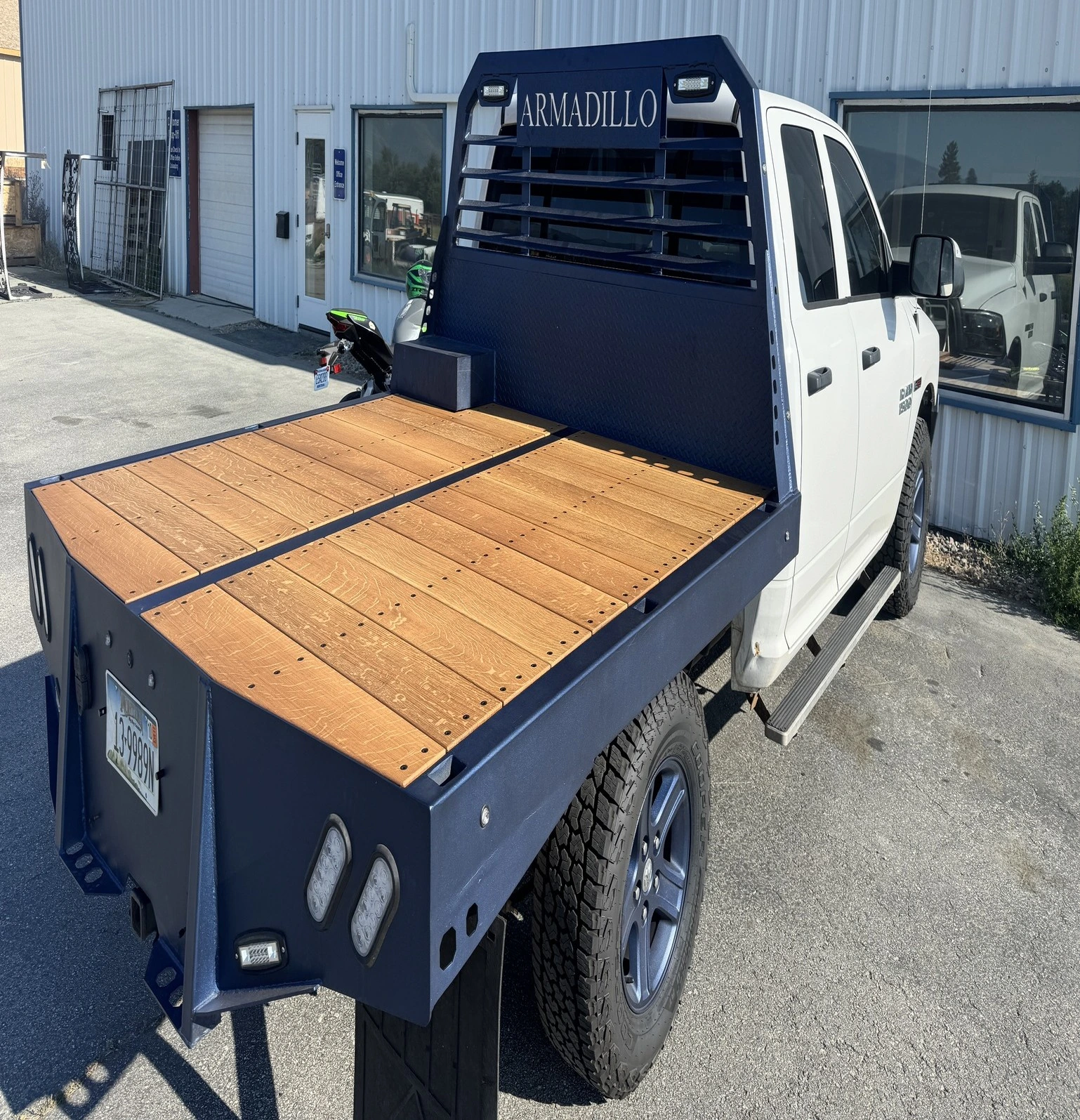Services We Offer
We are a team of dedicated coating and sandblasting professionals with years of experience serving residential, commercial, and industrial projects.
POWDER COATING PROCESS
Powder coating is a dry finishing process used to apply a protective and decorative layer to metal and some non-metal surfaces. It’s known for its durability, high-quality finish, and environmentally friendly nature compared to traditional liquid paint.
Here’s how powder coating works step-by-step:
STEP 1 - Surface Preparation
Before applying powder, the surface must be clean and free from dirt, oil, rust, or old paint. This step is critical for adhesion and durability.
Our preferred method is: Sandblasting
STEP 2 - Application of Powder
Once a desired color has been chosen. We continue with the process. Powder coating uses a fine dry powder made from polymer resin, pigments, and additives.
How it’s applied:
- The powder is electrostatically charged using a spray gun.
- The object being coated is grounded, so the powder is attracted to it like a magnet.
- This results in a uniform coating.
STEP 3 - Curing (Baking)
After coating, the part goes into an oven at temperatures of around 350–450°F (177–232°C) for 10–20 minutes.
During curing:
- The powder melts and flows into a smooth, continuous film.
- It chemically reacts to form a hard, durable finish.
STEP 4 - Cool Down and Inspection
Once cured, the item cools and hardens into a resilient coating. After cooling:
- It’s inspected for even coverage, texture, and defects.
- Touch-ups can be done if necessary.
STEP 1 - Surface Preparation
Before applying powder, the surface must be clean and free from dirt, oil, rust, or old paint. This step is critical for adhesion and durability.
Our preferred methods is:
- Chemical cleaning
- Media blasting (sandblasting, bead blasting)
STEP 2 - Application of Powder
Once a desired color has been chosen. We continue with the process.
Powder coating uses a fine dry powder made from polymer resin, pigments, and additives.
How it’s applied:
- The powder is electrostatically charged using a spray gun.
- The object being coated is grounded, so the powder is attracted to it like a magnet.
- This results in a uniform coating.
STEP 3 - Curing (Baking)
After coating, the part goes into an oven at temperatures of around 350–450°F (177–232°C) for 10–20 minutes.
During curing:
- The powder melts and flows into a smooth, continuous film.
- It chemically reacts to form a hard, durable finish.
STEP 4 - Cool Down and Inspection
Once cured, the item cools and hardens into a resilient coating. After cooling:
- It’s inspected for even coverage, texture, and defects.
- Touch-ups can be done if necessary

